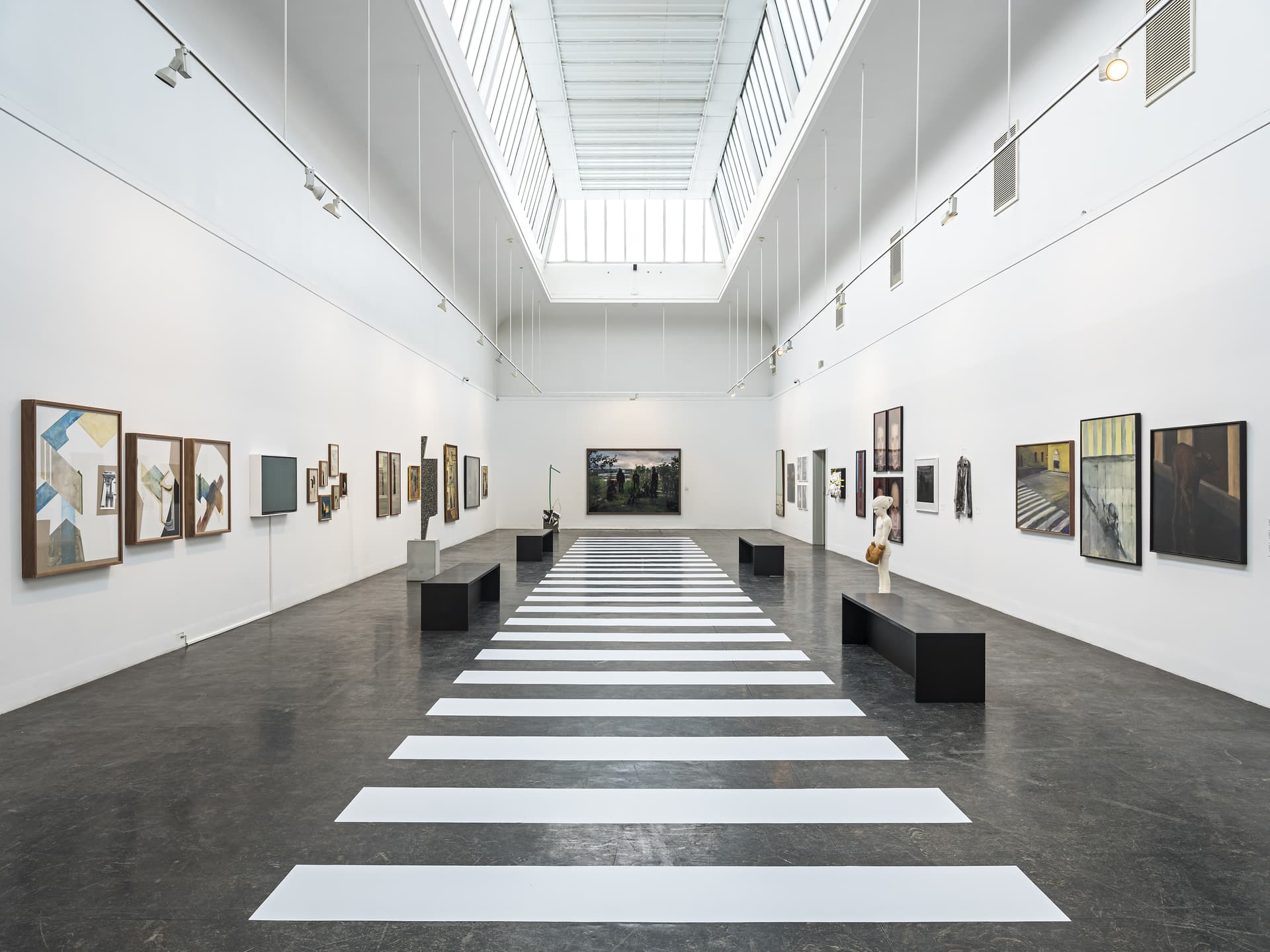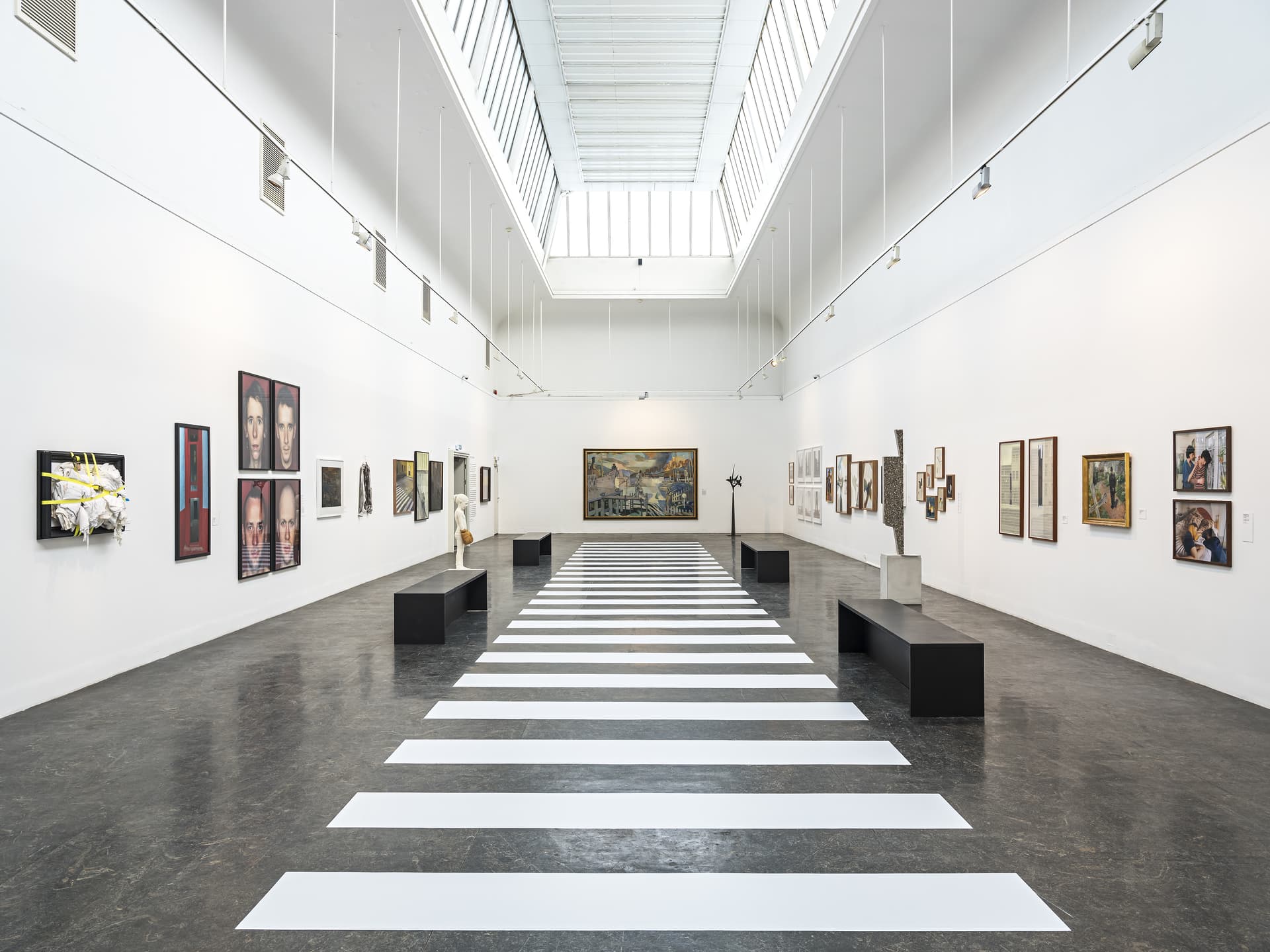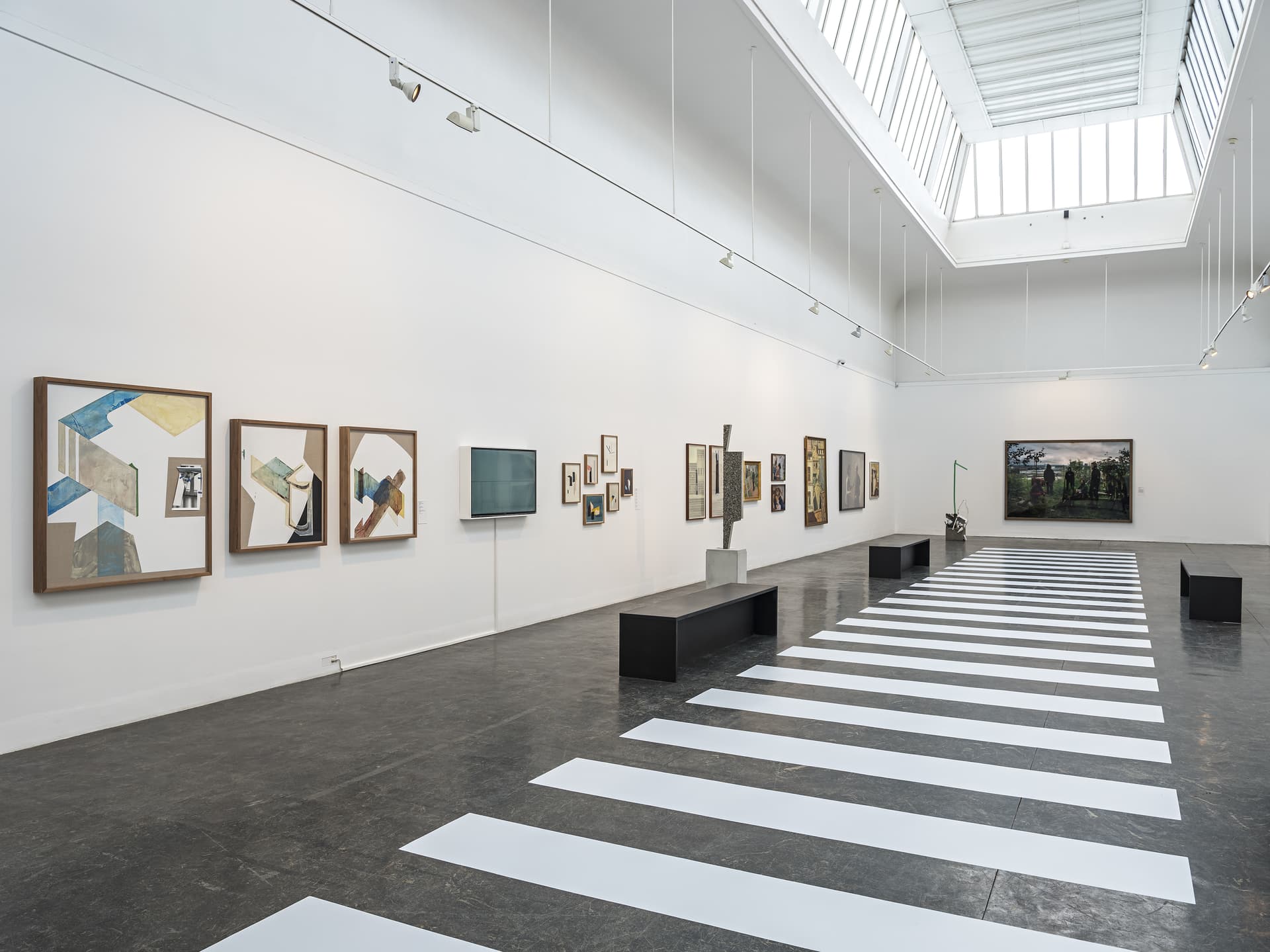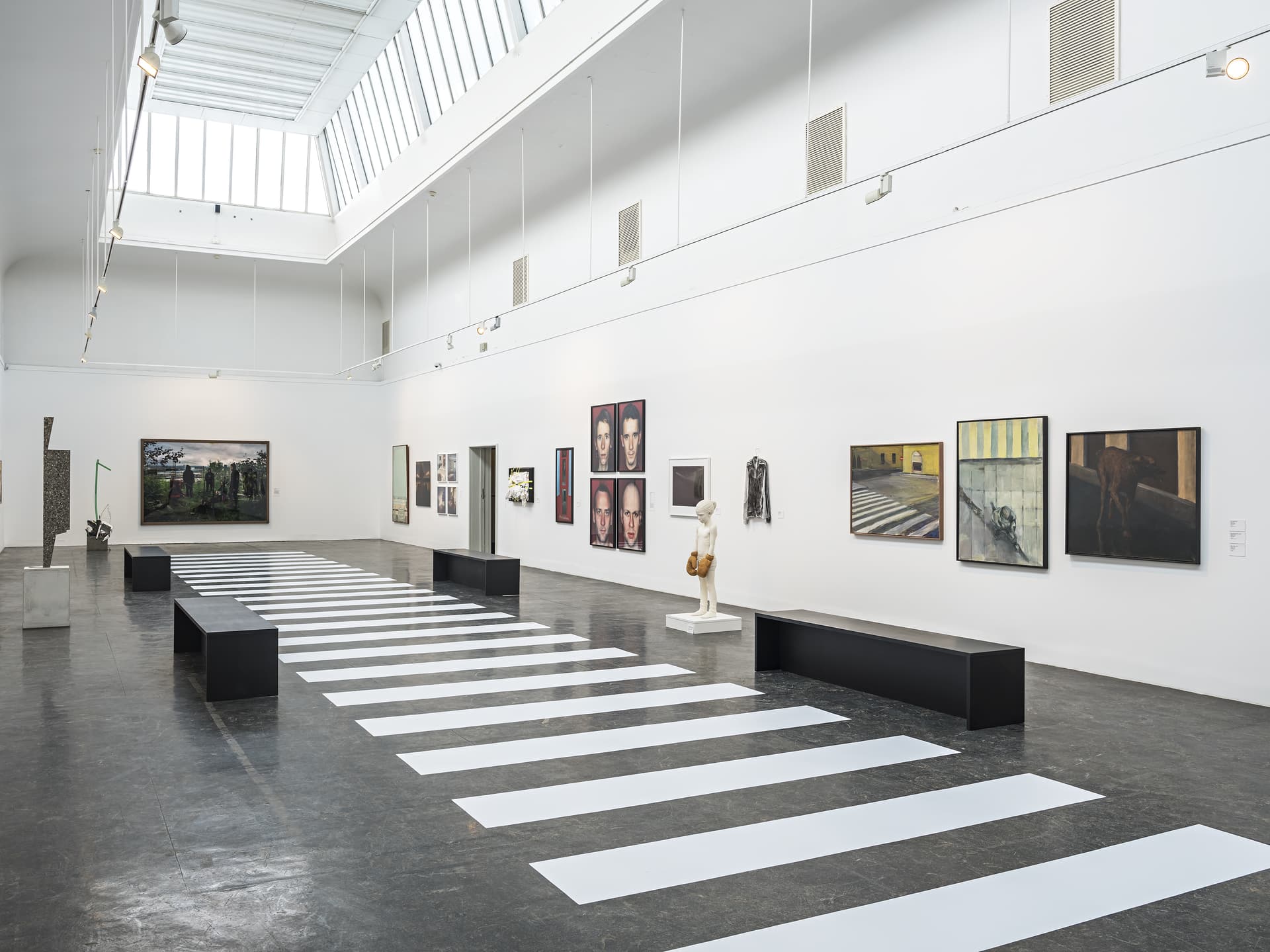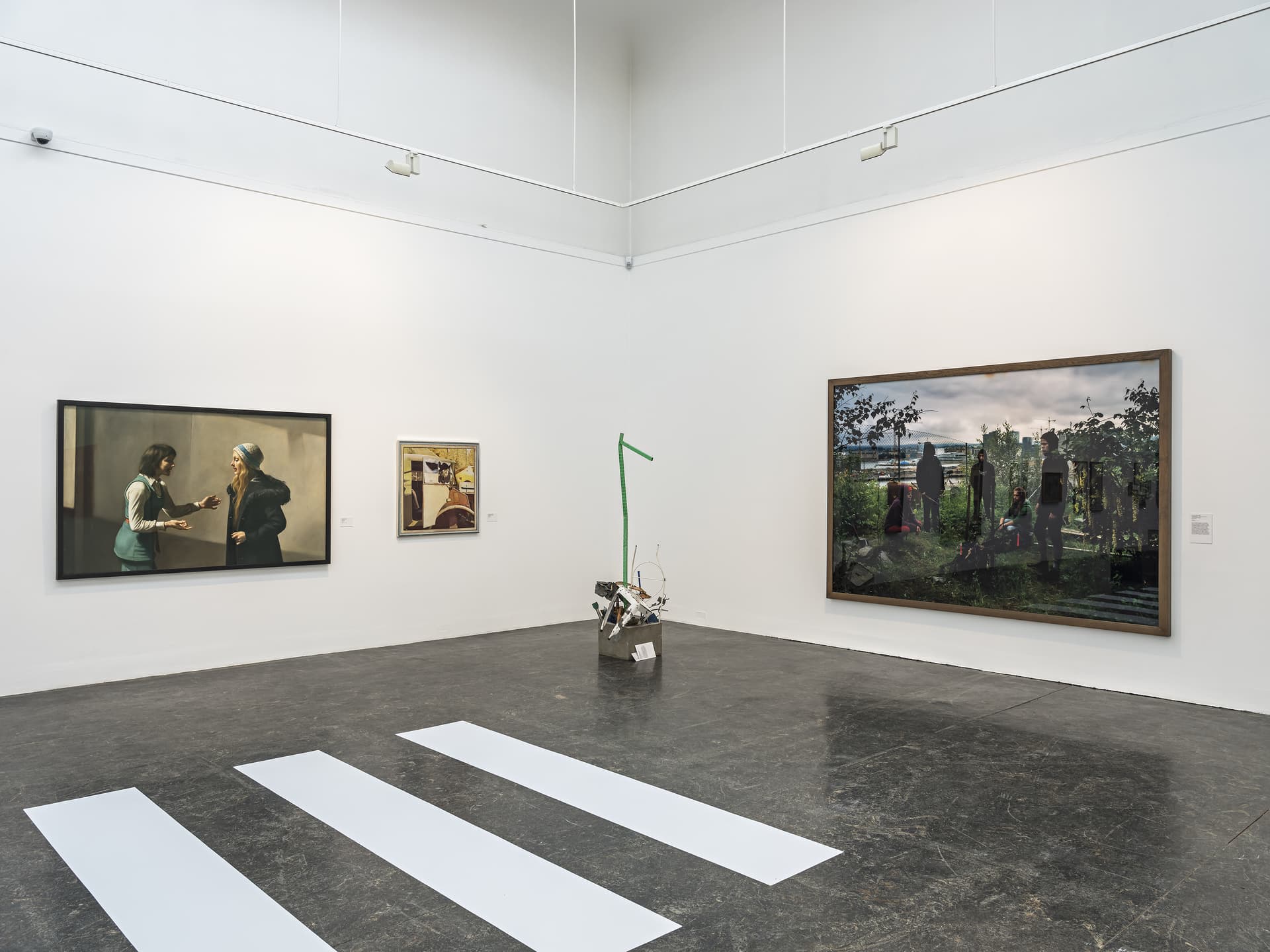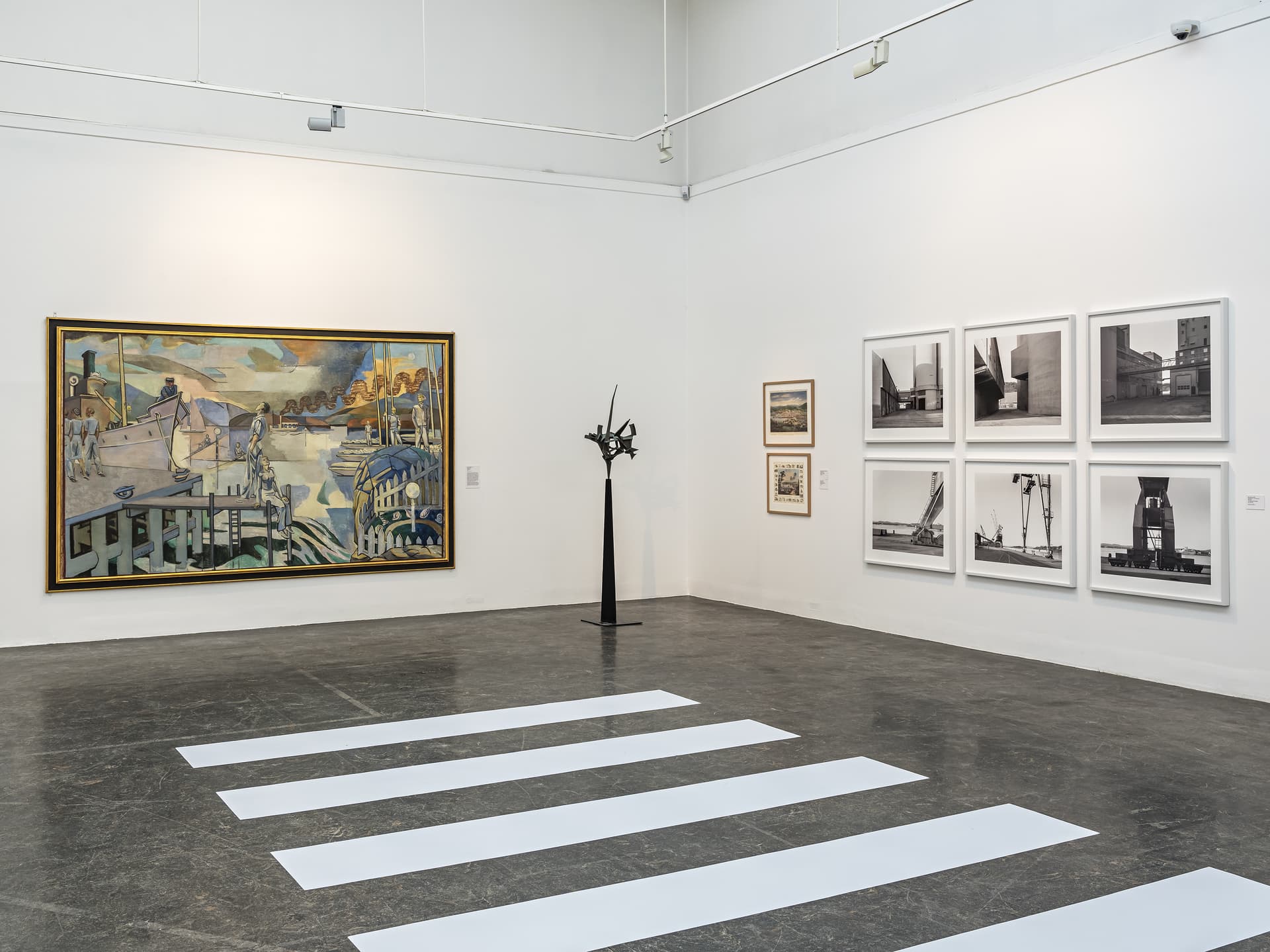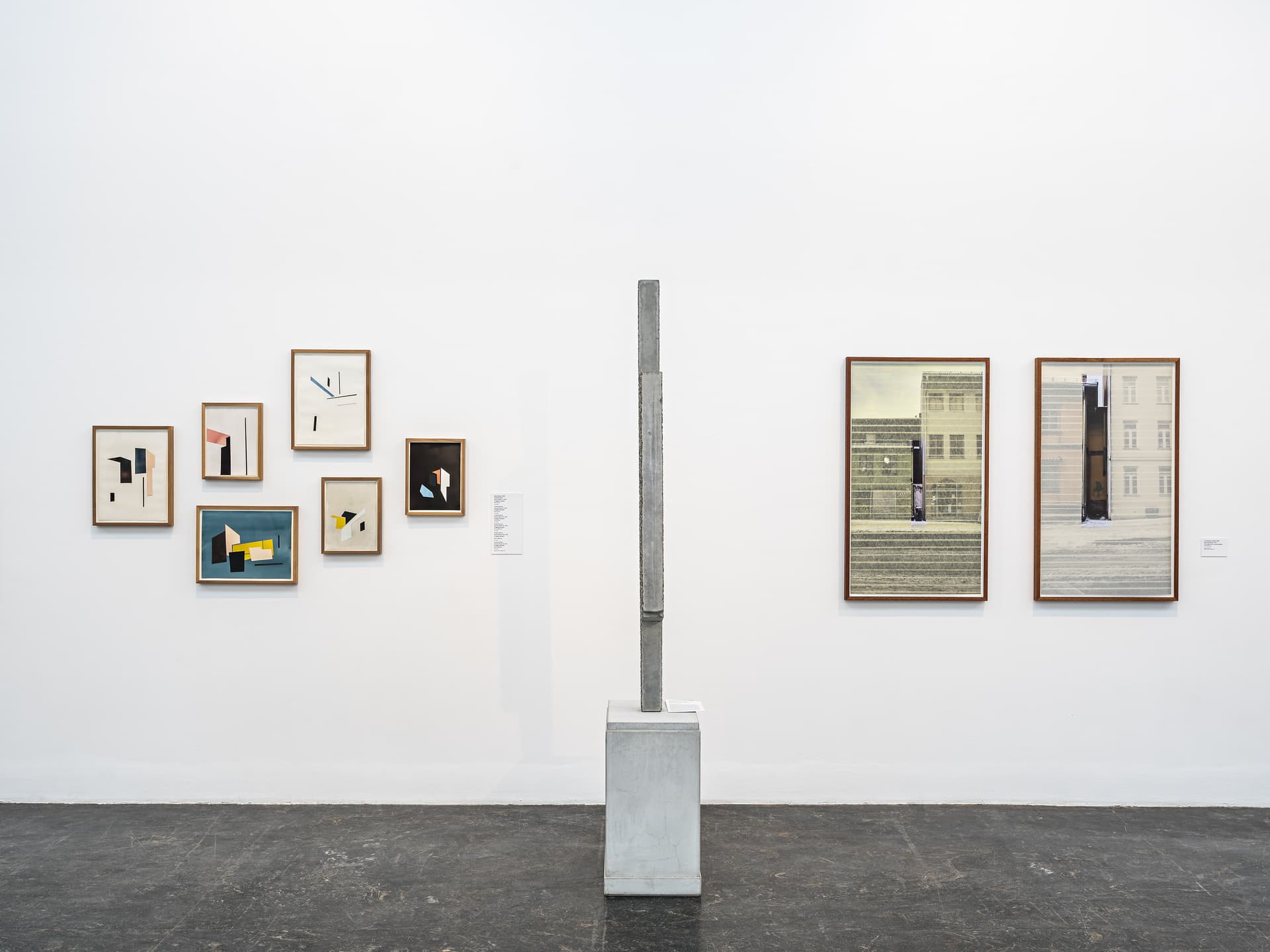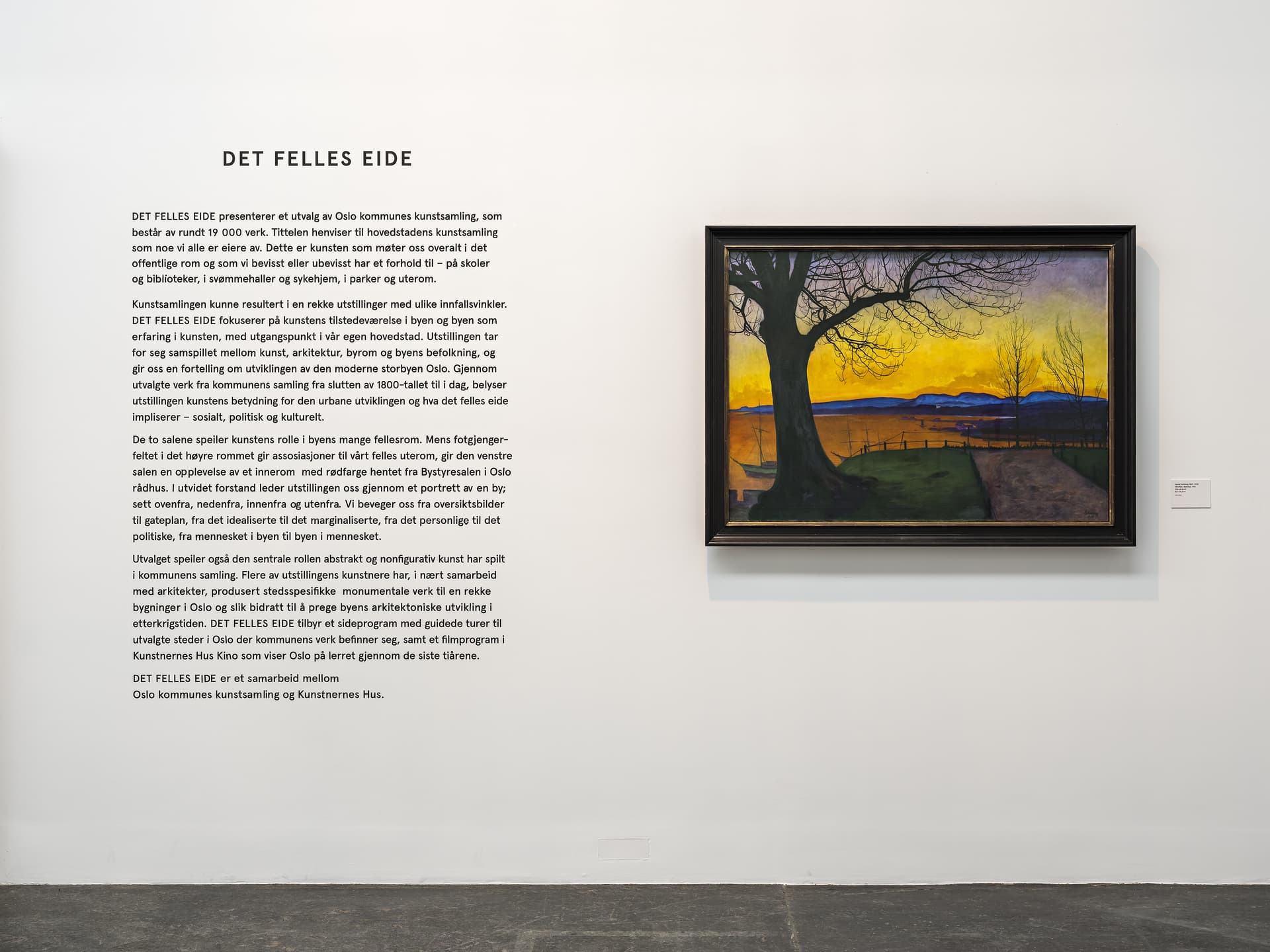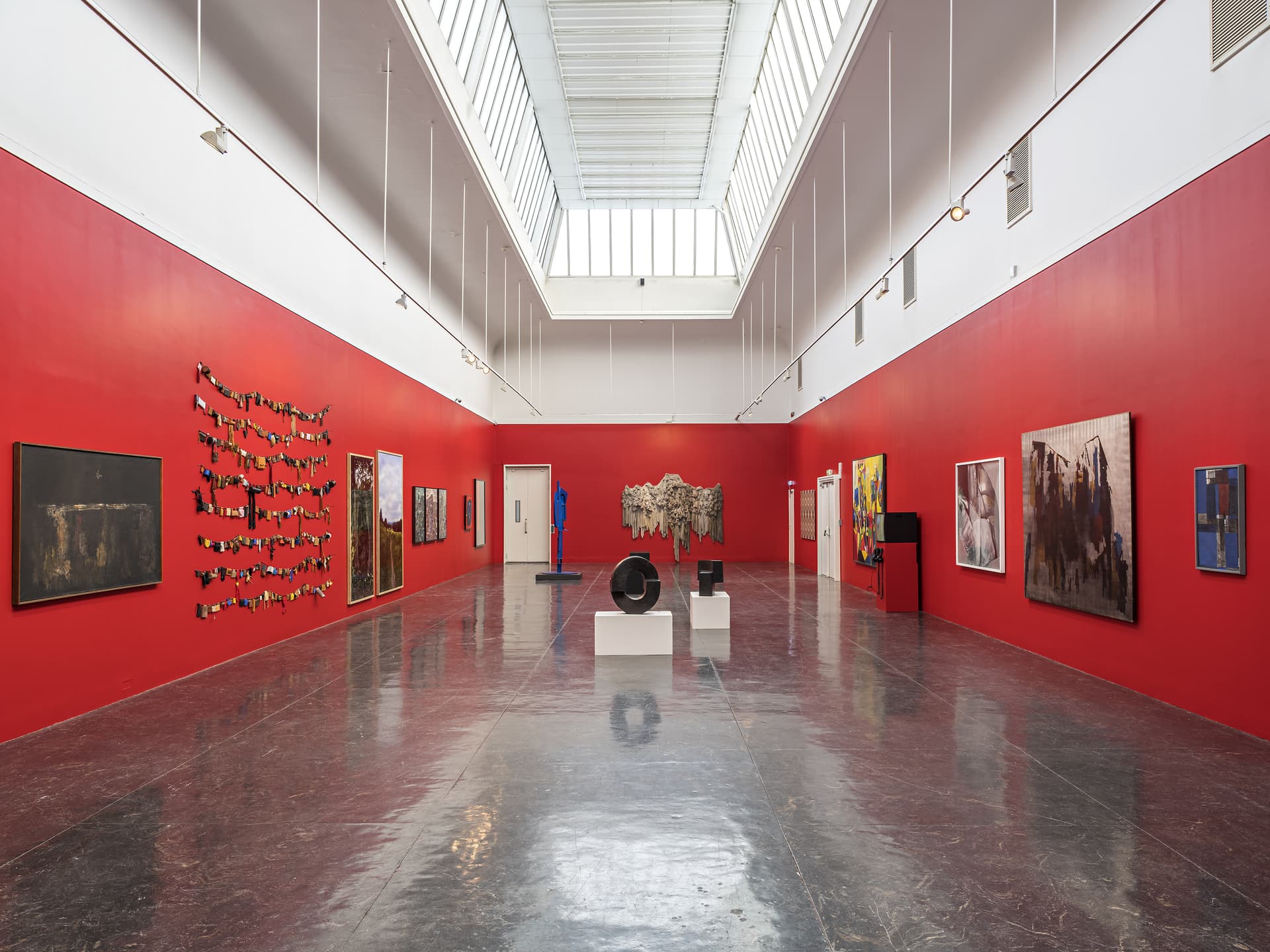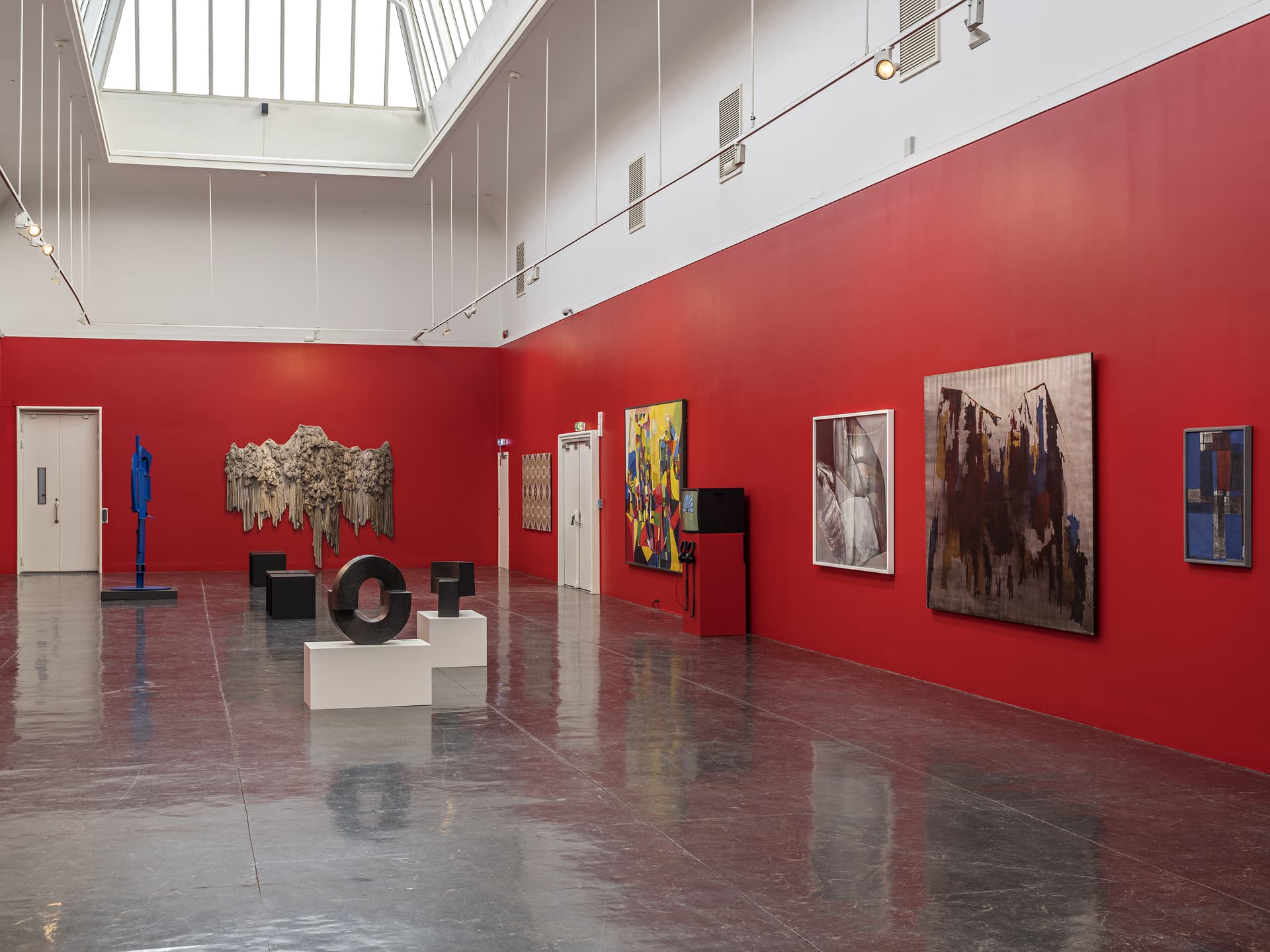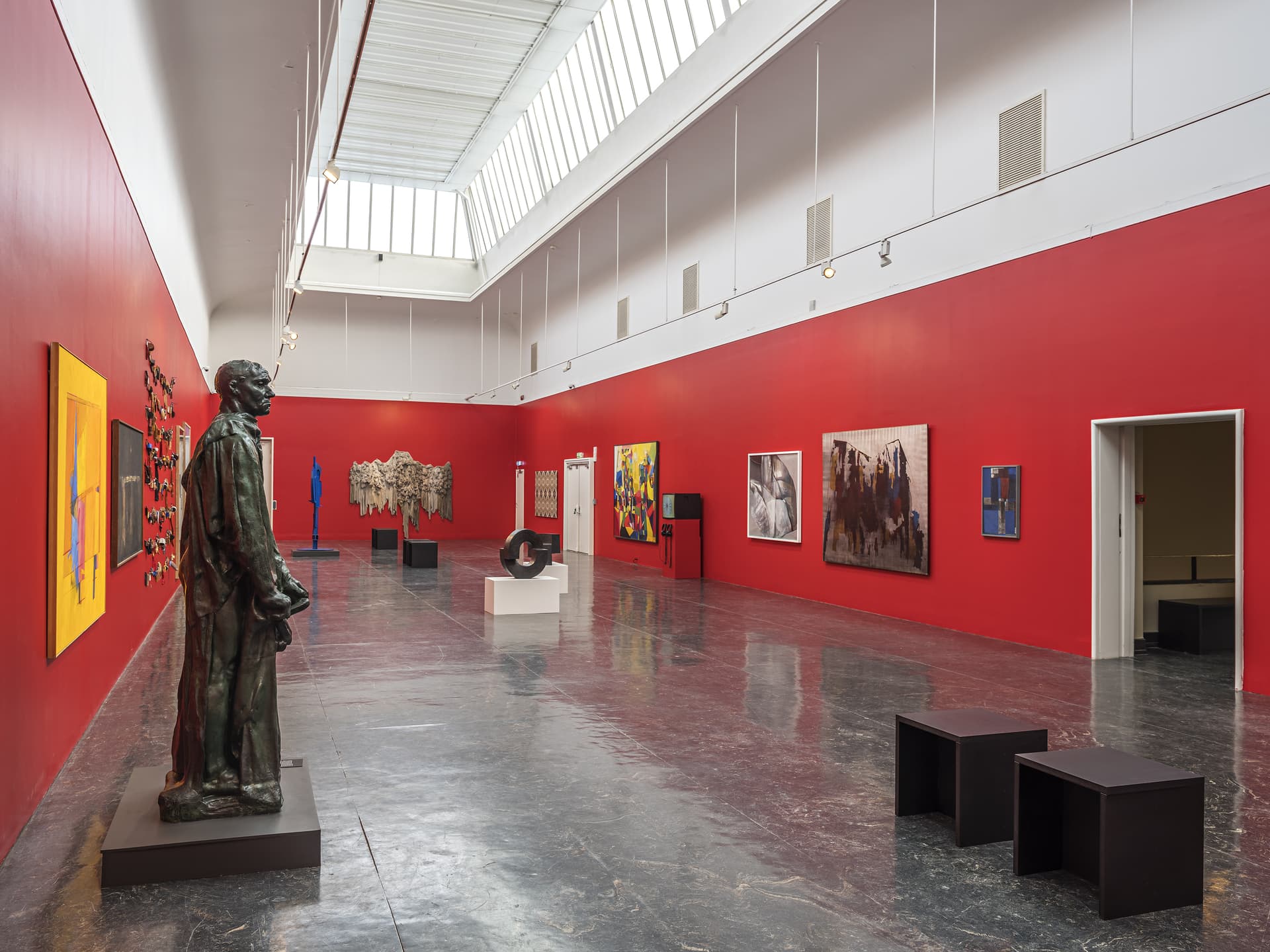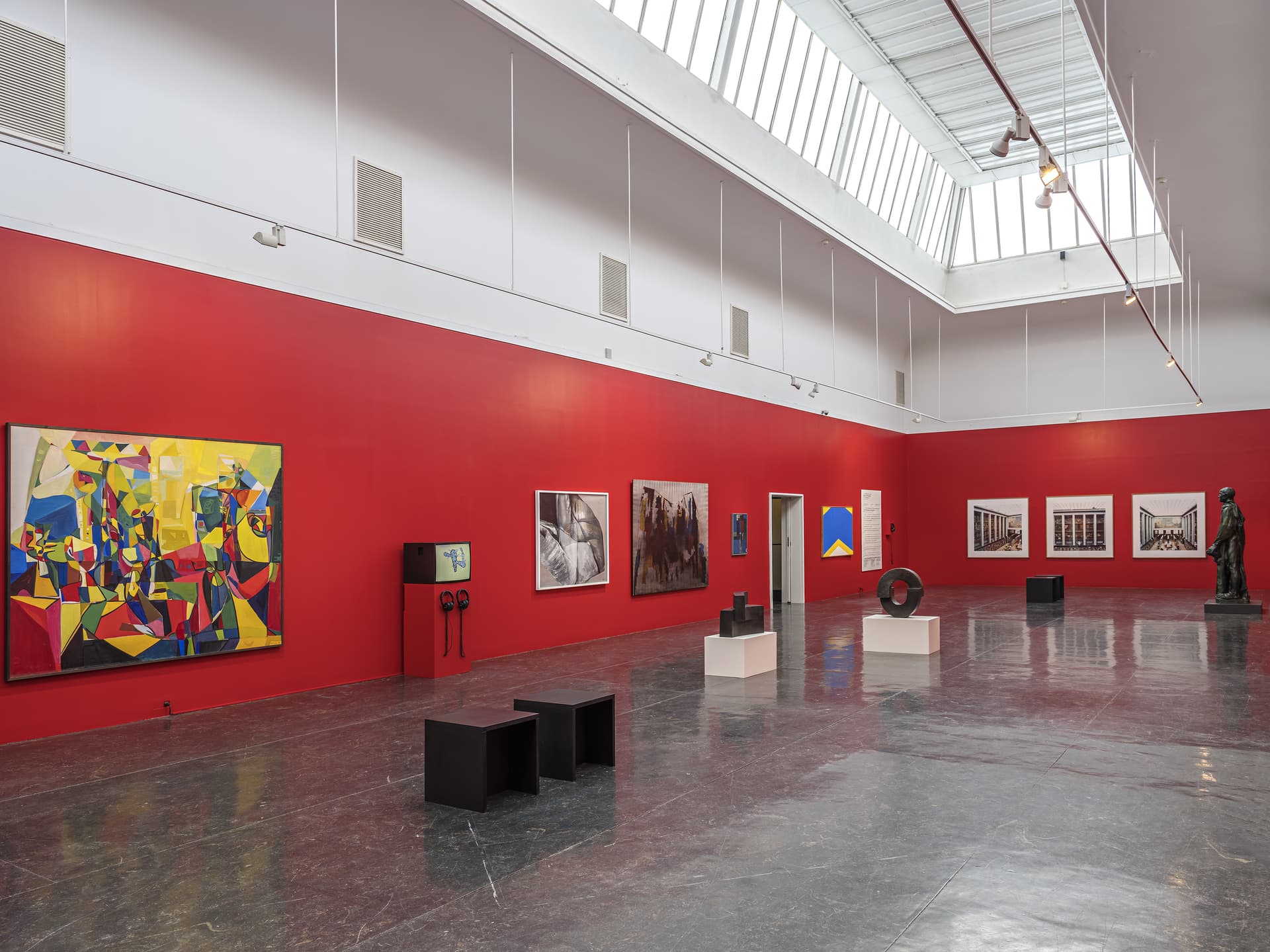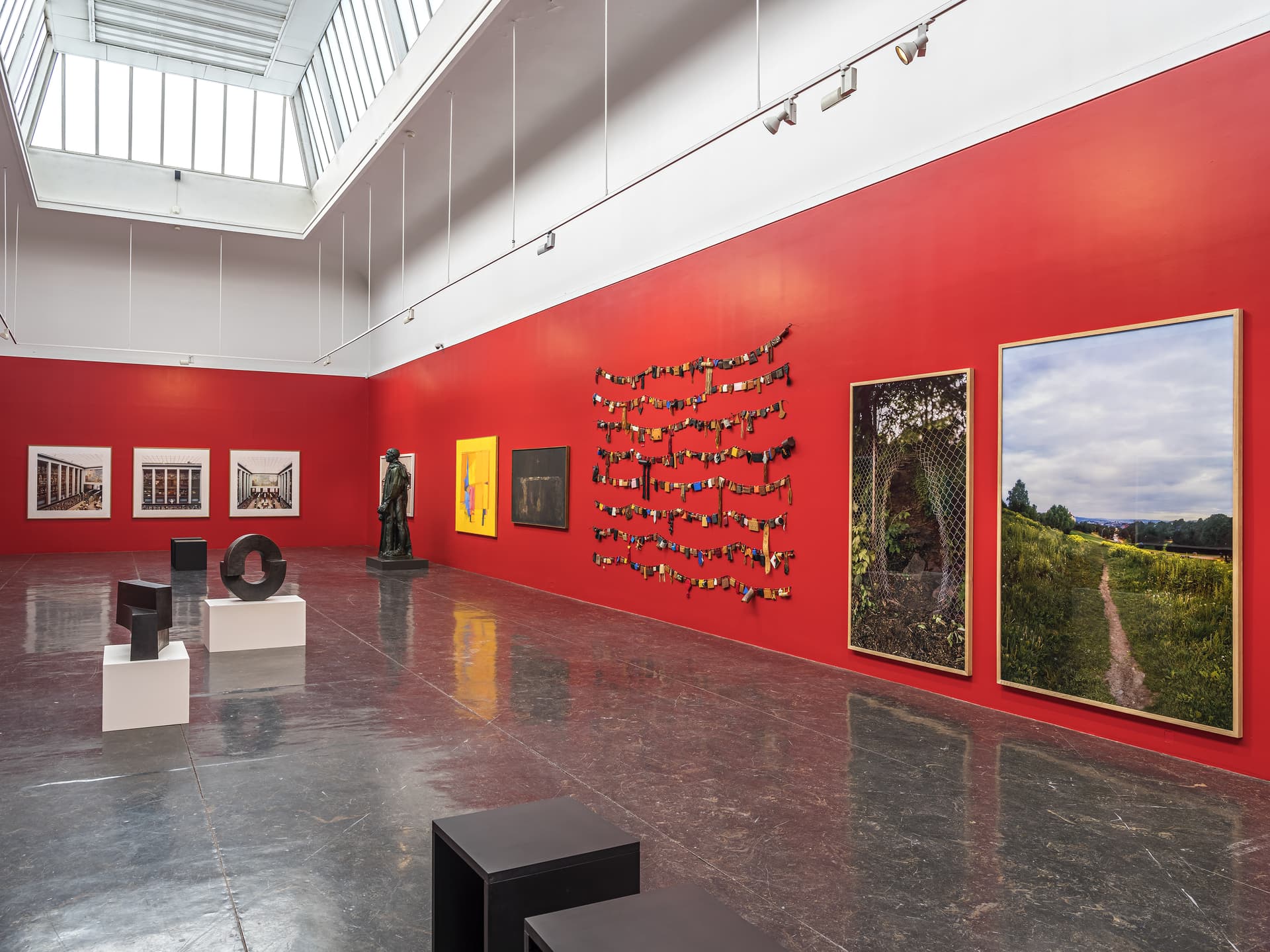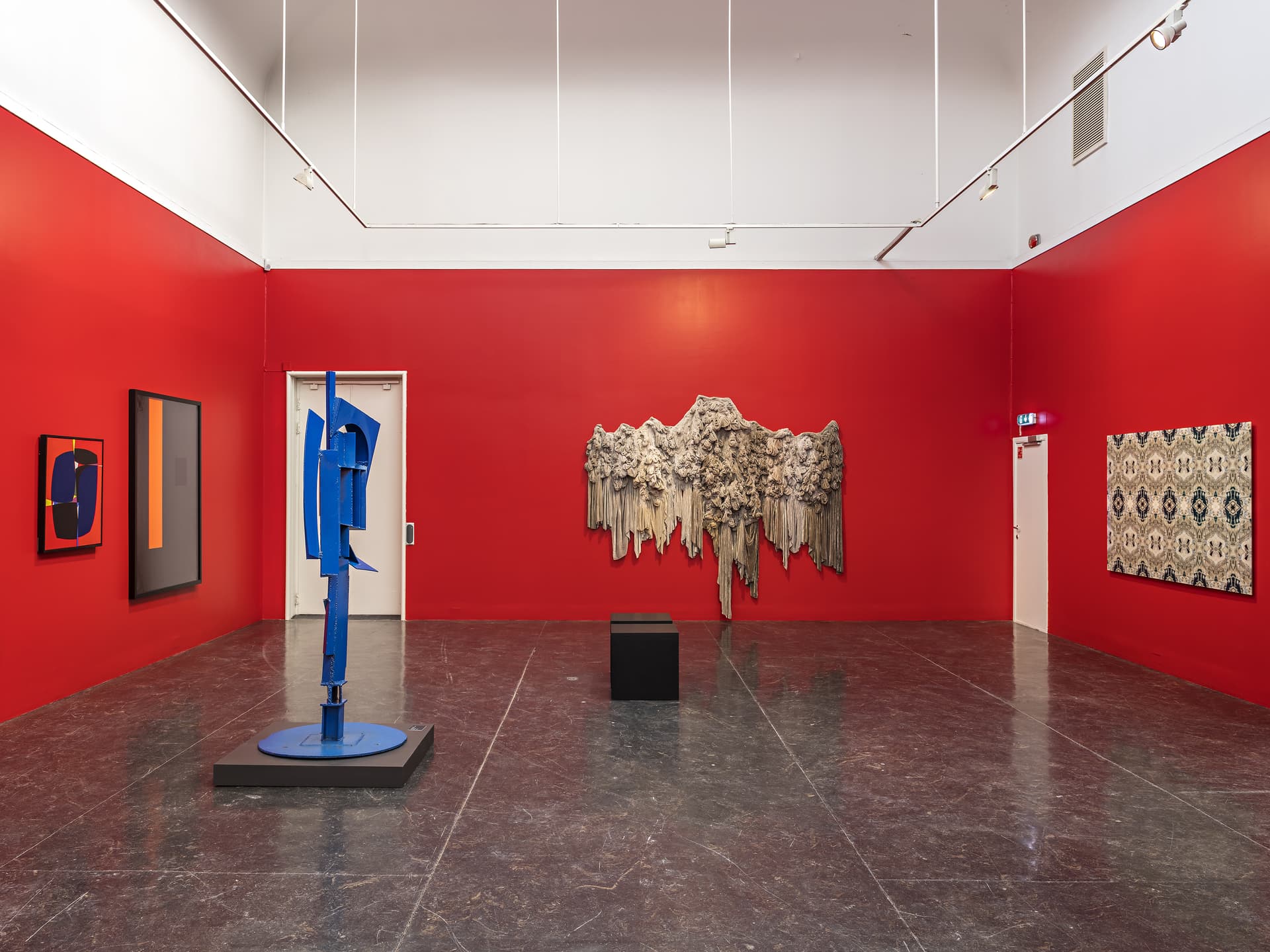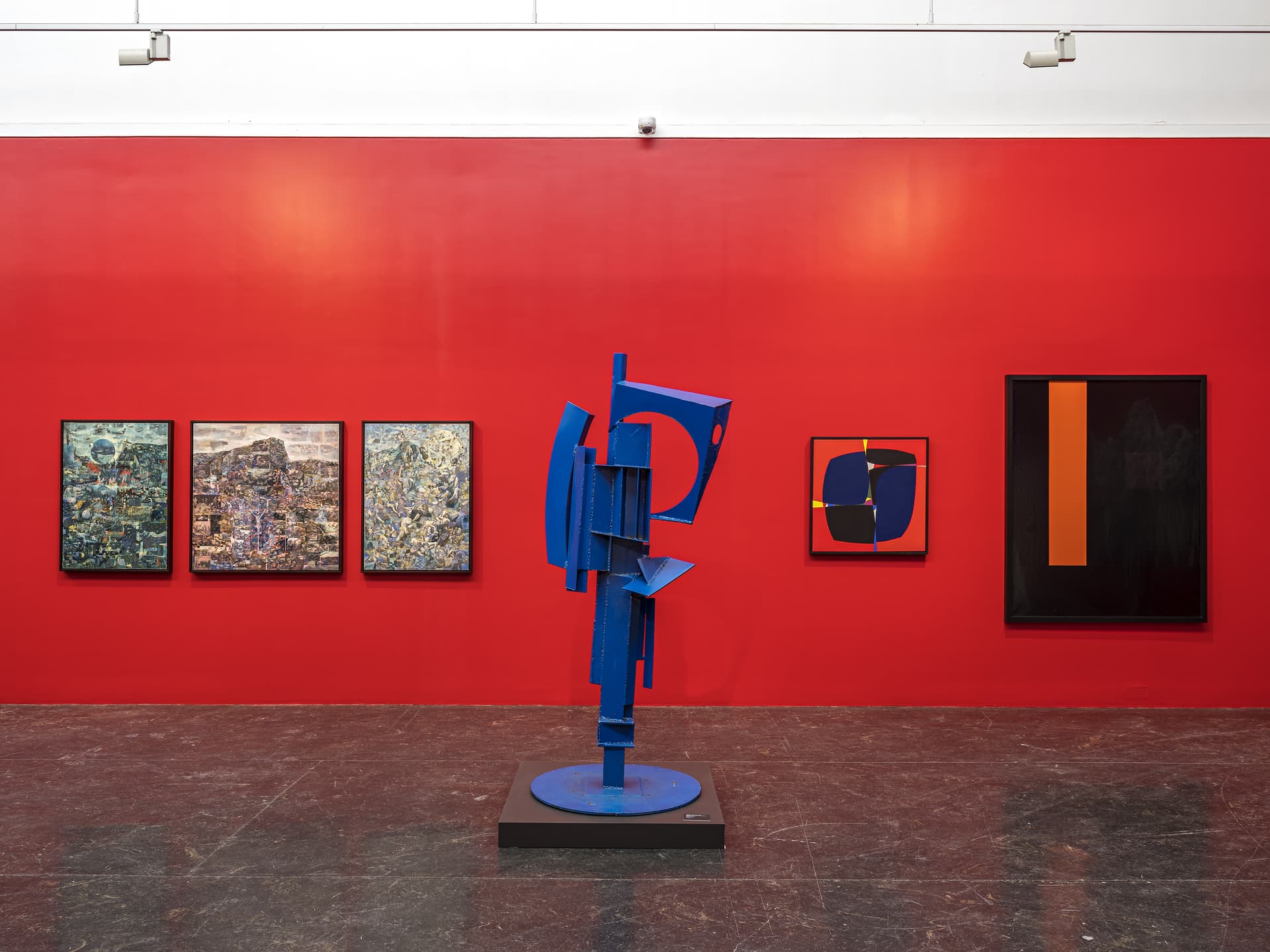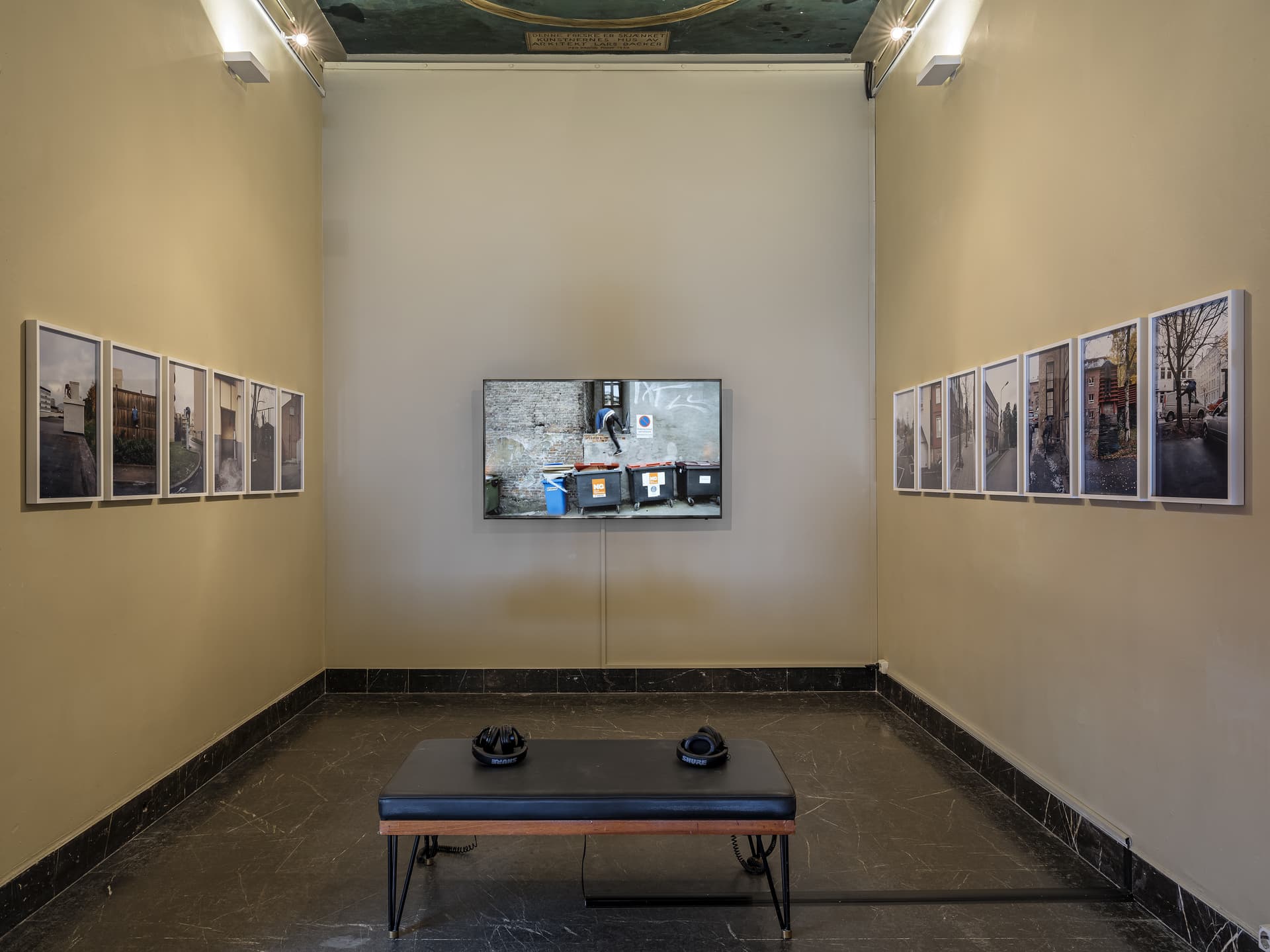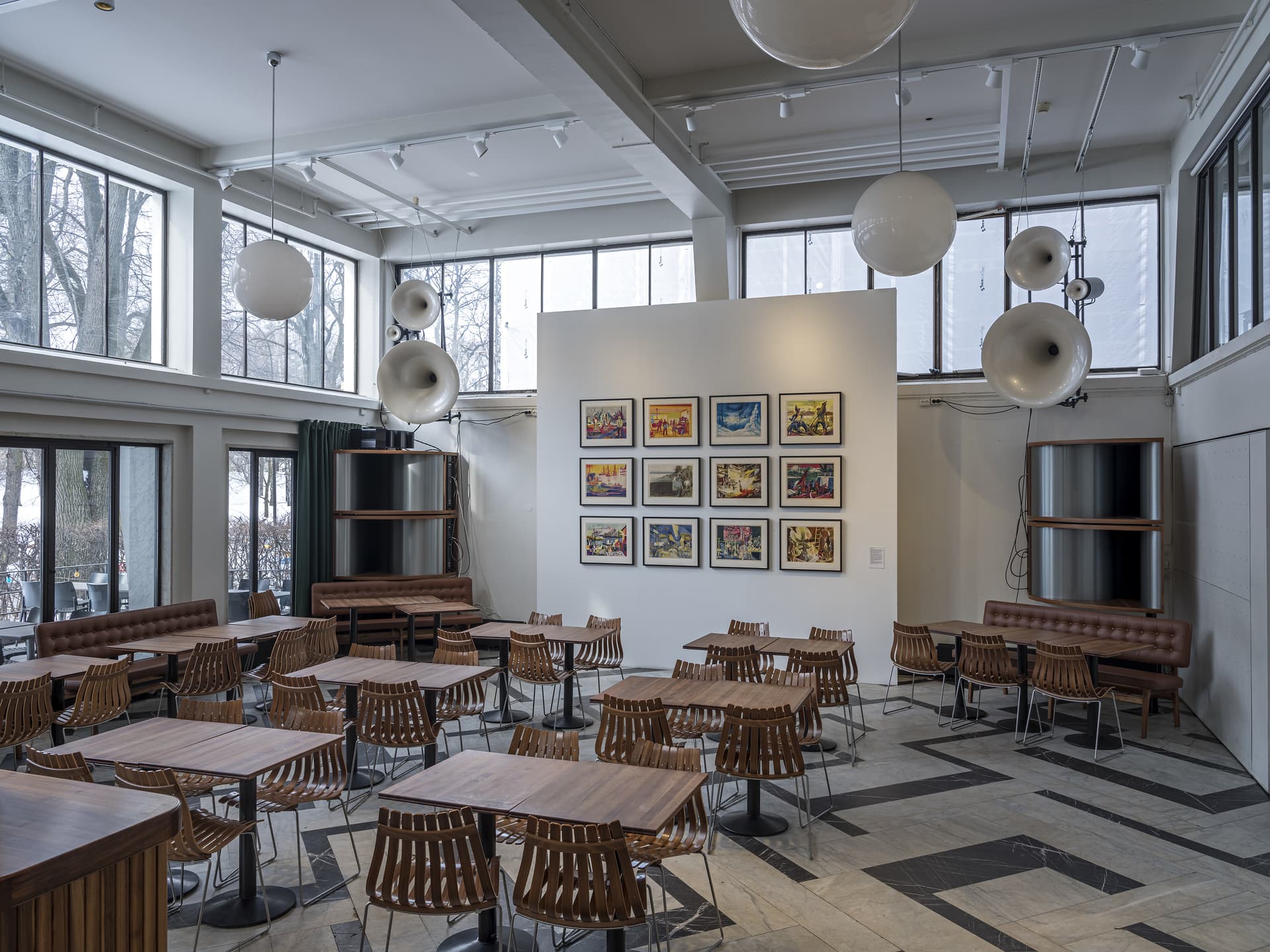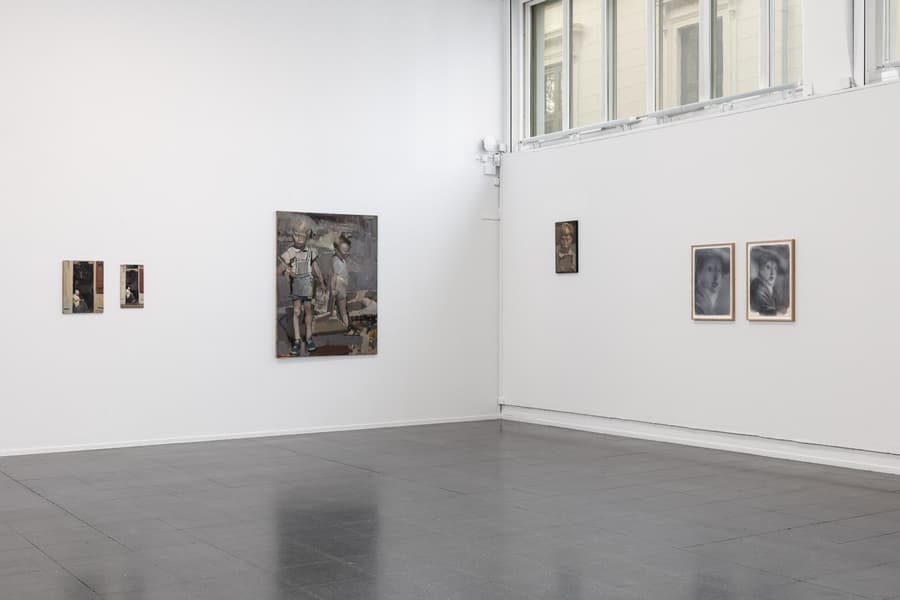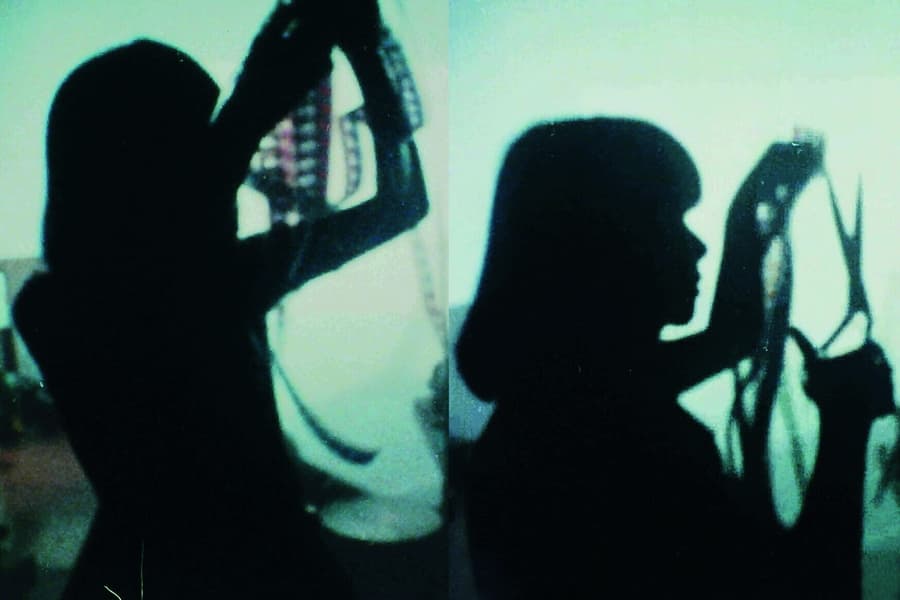Det Felles Eide
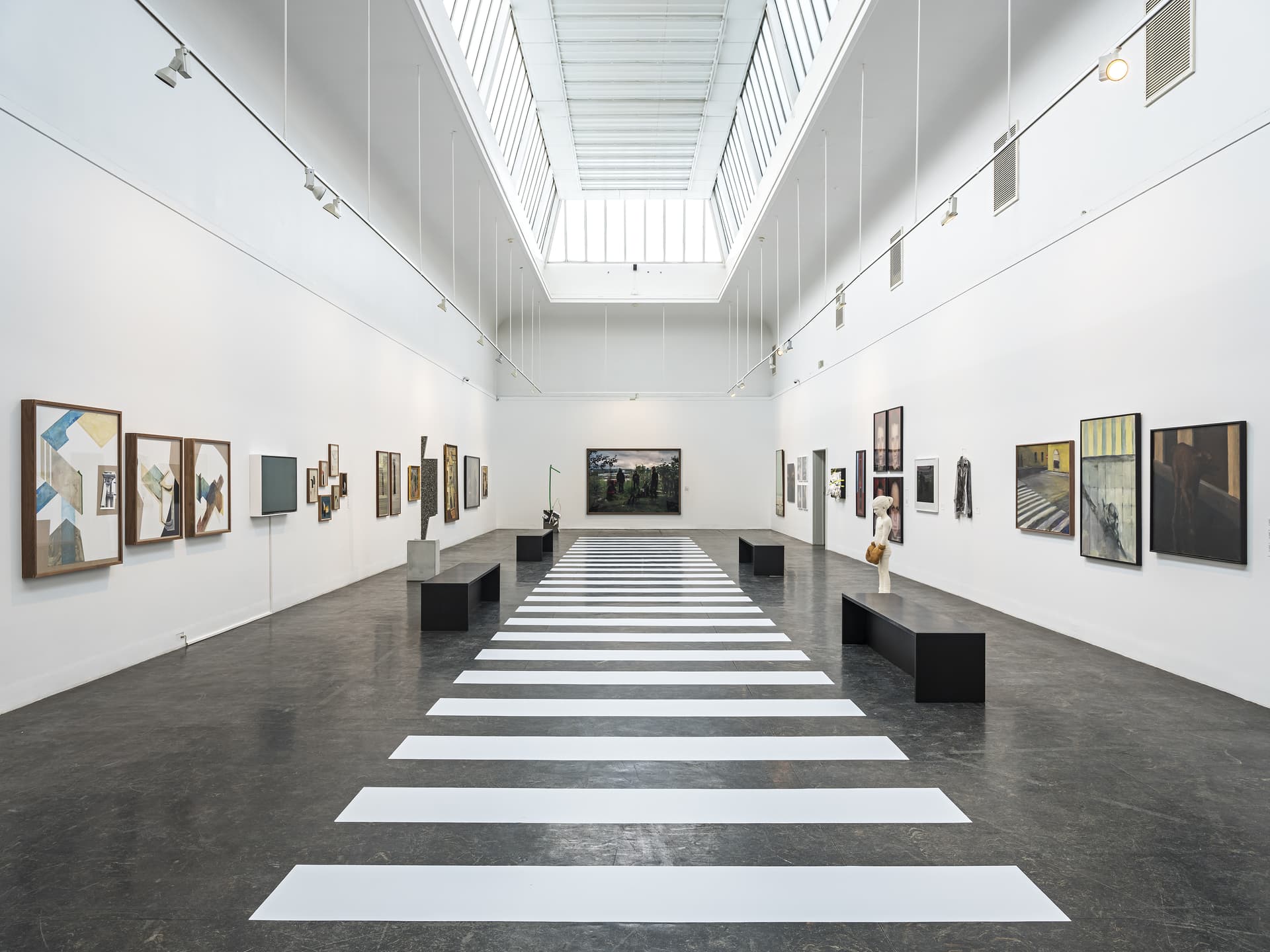
The exhibition DET FELLES EIDE showed a concentrated selection of Oslo Municipality's art collection, which in total consists of close to 20,000 works. The exhibition's title presented the capital's art collection as something we all own. This is the art that meets us everywhere in public space: In schools, in swimming pools, libraries and nursing homes, in parks and in outdoor spaces, and with which we consciously or unconsciously have a relationship.
About the exhibition
The exhibition's focal point was the presence of art in the city and the city as experience in art. The exhibition dealt with the interaction between art, architecture, urban space and the city's population, and presented a story about the development of the modern metropolis of Oslo. Through selected works from the municipality's collection from the end of the 19th century to the present day, the exhibition shed light on the importance of art for urban development and what "common property" implies socially, politically and culturally.
Det Felles Eide was a collaboration between Oslo Municipality's Art Collection and Kunstnernes Hus; and in many ways the two met in a common goal: To contribute to Oslo's population having access to, and being exposed to, art in all its diversity, whether one seeks it out or it comes to where one is in everyday life.
The exhibition was curated by chief curator Ingebjørg Ydstie and curator Erik Nilsen at Oslo Municipality's art collection in collaboration with Kunstnernes Hus. The side programmes were curated by Elisabeth Byre in collaboration with Kunstnernes Hus. Eivind Hofstad Evjemo was editor of Cappelen Damm's fiction publication about art in Oslo. The film programme was a collaboration between Kunstnernes Hus - by Elisabeth Byre and Silja Espolin Johnson - and the National Library by Eirik Frisvold Hanssen.
The exhibition architecture was created by Manthey Kula Arkitekter, Oslo
Artists
Øystein Aasan, Signe Marie Andersen, Bård Ask, Anna-Eva Bergman, Per Berntsen, Håkon Bleken, Svein Bolling, Helga Bu, Marie Buskov, Ida Ekblad, Hilmar Fredriksen, Hanne Friis, Dag Fyri, Gunnar S. Gundersen, Crispin Gurholt, Ane Hjort Guttu, Yngve Hammerlin, Arnold Haukeland, Knut Henrik Henriksen, Candida Höfer, Svein Johansen, Irma Salo Jæger, E.B. Kampen, Kay Arne Kirkebø, Anders Kjær, Berit Soot Kløvig, Reidar Martin Kraugerud, May von Krogh, Christian Krohg, Per Krohg, Reidar Lerdal, Kalle Løchen, Mikkel McAlinden, Odd Nerdrum, Sidsel Palmstrøm, Shwan Dler Qaradaki, Leonard Rickhard, Auguste Rodin, Susanne Roti, Aase Texmon Rygh, Helge Røed, Tom Sandberg, Jakob Schmidt, Fin Serck-Hanssen, Inger Sitter, Harald Sohlberg, Olav Strømme, Jon Benjamin Tallerås, Odd Tandberg, Vibeke Tandberg, Lars Tiller, Ahmed Umar, Jørleif Uthaug and Jakob Weidemann
Programme
A large mediation programme spanning the entire city accompanied the exhibition. The programme included guided art tours to Groruddalen, Solli plass, Oslo City Hall and Oslo Concert Hall, a film programme with historical and contemporary Oslo films at Kunstnernes Hus Kino, a professional seminar in collaboration with the Oslo Academy of Arts and a collection of fiction essays published by Cappelen Damm. The essay collection presents texts by some of the country's foremost writers, who write about their experiences of art in Oslo.
